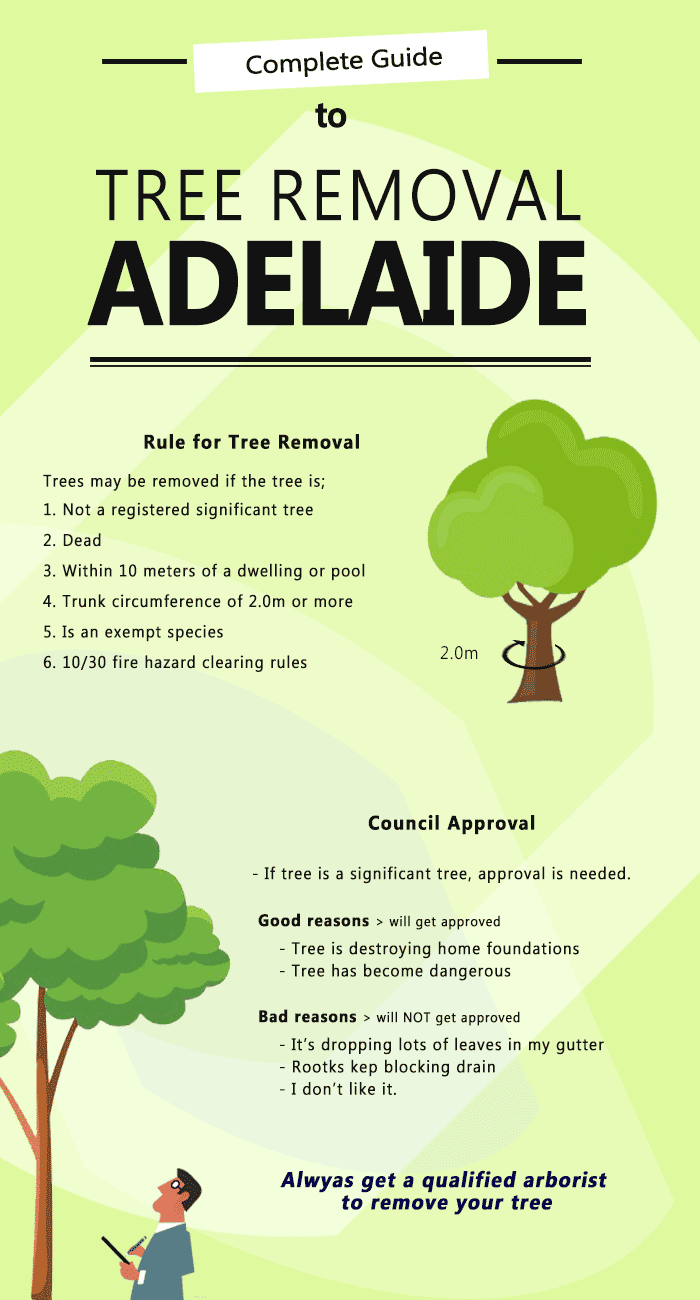Post-Tree Elimination Support: How To Efficiently Recover Your Landscape
Post-Tree Elimination Support: How To Efficiently Recover Your Landscape
Blog Article
Content Author-Hinrichsen Deal
After a tree's elimination, your landscape might look rather various, and it's important to evaluate the consequences thoroughly. You'll want to examine the soil disruption and examine bordering plants for any kind of indications of stress. Overlooking these elements can cause larger problems down the line. So, what should simply click the up coming website perform with those stumps and roots? And just how do you select the best plants for your revitalized space? Let's check out these essential steps.
Examining the Aftermath: Evaluating Your Landscape
After a tree elimination, it's important to examine your landscape to recognize the impact it has on your yard.
Beginning by taking a look at the location where the tree stood. Look for signs of dirt disturbance, and inspect the bordering plants for any type of anxiety or damage.
You should likewise keep in mind of exactly how the elimination has transformed sunshine exposure and air movement in your yard. This shift can affect the development of close-by plants, so it's important to examine their health and wellness.
Consider the visual facets too; the removal might produce an open space that you can upgrade.
Finally, think about any type of possible erosion problems that might develop from the tree's lack. Addressing these variables early will assist restore equilibrium to your landscape.
Handling Stumps and Origins: Choices for Removal
As soon as you have actually analyzed the aftermath of the tree elimination, you'll likely need to deal with the stump and roots left.
You have a few alternatives for elimination. One effective method is stump grinding, where an expert uses a device to grind the stump down to below ground degree. This approach leaves marginal disturbance to your landscape.
If you favor a do it yourself approach, you can utilize a combination of digging and chemical stump cleaners. Just remember, why not try these out can require time and effort.
Additionally, consider leaving the stump as a natural attribute, which can act as an unique yard aspect or environment for wild animals.
Whatever you pick, addressing the stump and roots is crucial for recovering your landscape.
Picking the Right Plant Kingdoms for Your New Area
As you assess your newly gotten rid of room, picking the right plants can significantly boost your landscape's appeal and performance.
Begin by taking into consideration the sunlight and dirt problems. For bright locations, opt for drought-resistant plants like lavender or succulents. In shaded places, ferns and hostas prosper well.
Think about the size and growth routines of your plants; mix perennials and annuals for seasonal selection. Do not neglect to incorporate native varieties; they call for much less maintenance and assistance neighborhood wild animals.
Team plants in odd numbers for an extra natural appearance and develop layers for visual deepness.
Finally, ensure you have a mix of shades and structures to keep your landscape dynamic throughout the periods.
Pleased planting!
Verdict
In conclusion, recovering your landscape after tree removal is a satisfying procedure. By assessing the after-effects, attending to stumps and roots, and selecting the right plants, you'll produce a flourishing environment. Don't neglect to incorporate erosion control procedures to secure your dirt. With How To Prune A Ficus Tree and treatment, you can change your space right into a vibrant garden that enhances your residential property. Welcome the possibility to invigorate your landscape and take pleasure in the appeal of nature right in your backyard!
